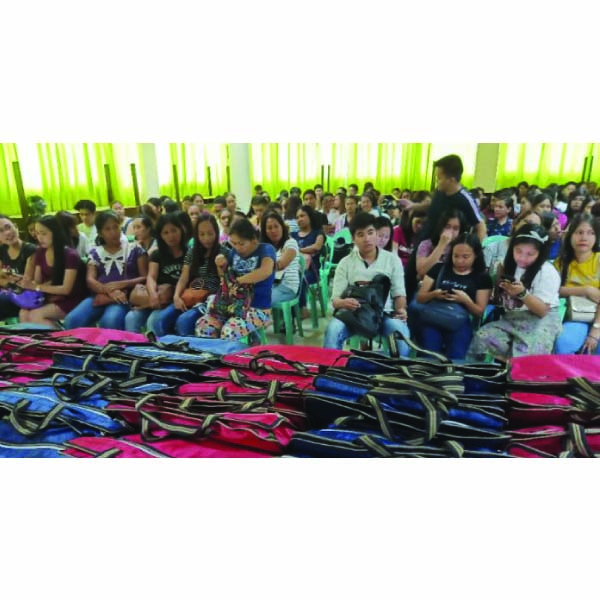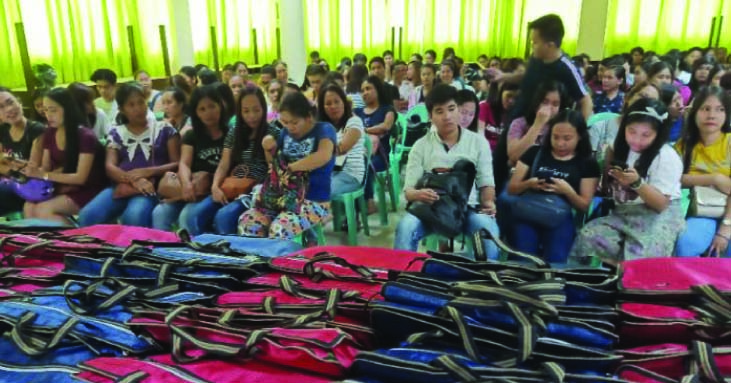
Last September, my friend Lorelei B. Aquino and I traveled by plane and bus from Manila to Calbayog City, Samar. We handed over teachers’ kits to 250 public school teachers working in upland and coastland areas.
Team Pilipinas, a nongovernment organization, provided the goods; we were a bridge between their donors and our recipients. Our modern-day heroes shared stories that touched our hearts and made us realize just how badly our teachers are overworked, underpaid and unappreciated.
Just getting to work is a challenge for the teachers of Samar’s hinterlands. They do not face traffic problems of the big city. That would be too easy. Instead, they scale mountains, ford rivers, walk through rice fields, dealing with strong currents and muddy, slippery paths.
Travel takes a full day and then some. When they arrive at their schools, they stay either with the barangay captain or any family who offers to take them. They go home once or twice a month.
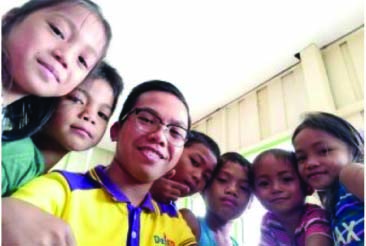
David Refuncion
David Refuncion, 23, teaches at Mabini Elementary School. It is in a remote area of Samar. He and seven other teachers work there. Refuncion travels 11 hours to teach his students, two to three hours by multicab, then a habal-habal, and finally a boat. Before this, he walks across rivers and rice fields and hikes up and down hills for another six to eight hours.
Samar is prone to typhoons. During the rainy season, traveling takes longer and is riskier: the river’s water level rises and there are strong currents. The mountains and rice fields he has to navigate become murky and slippery.
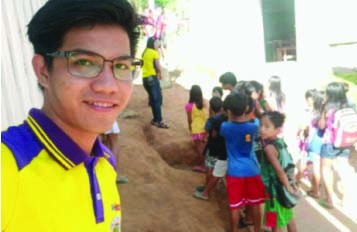
Adrian Benecario
Adrian Benecario of Calilihan Elementary School regularly bypasses landslides during his five- to six-hour journey on foot to the school in the hinterland.
Both young teachers see their students living in abject poverty. Some walk many miles barefoot and attend classes on empty stomachs.
Many cannot afford to buy the basics, such as paper and pencil, and rely on their classmates’ generosity. Some use plastic grocery bags as school bags. Others skip classes when their parents need an extra hand on their farms.
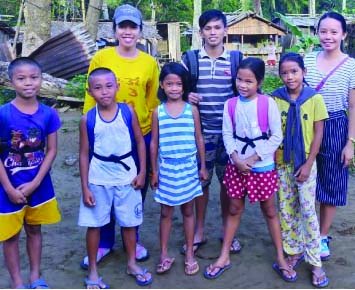
Mary Jane Ebardone, Mariah Kim Oite
Mary Jane Ebardone and Mariah Kim Oite are co-teachers at Cag-anahaw Elementary School. The path to their school can be steep and slippery, and one misstep can cause them to stumble down a cliff.
They previously traveled to school on a bamboo raft for four hours, climbed four mountains, and crossed a treacherous river snaking around the mountains.
But since the river became shallow due to landslides, they now have to walk the entire way to the barrio where they teach.
On Dec. 28, 2018, the barrio was wiped out by Typhoon Usman.
Their school sits on a plateau and is one of the few structures that survived the catastrophe. However, floodwaters still reached the roof of the covered court.
Their students cannot go to school because they need to help their families pick up the pieces of their shattered lives. It was a sad Christmas for the community.
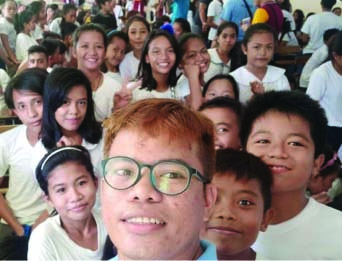
Ricky Balat
Ricky Balat teaches in a satellite school in Guin-ansan, Almagro, Samar Island. There is a school in the center of Almagro, but those living in remote areas hold class inside churches or improvised classrooms.
In August and February, the time of habagat, the islands become more isolated from the rest of the city because boatmen are reluctant to travel in the open sea.
Food is also scarce during this season. Sometimes, their students arrive at school on empty stomachs because there is nothing to eat.
Christmas wishes
These teachers are our modern-day heroes.
On salaries of P20,000, they still try to help their students in little ways.
We asked what they wanted for Christmas, and none of them asked anything for themselves. Instead, they told us their students’ needs should comes first: slippers, school supplies, medicine, clothes, classrooms and playgrounds.
Despite the difficulty of their jobs, they still continue teaching, because this is their calling and they love their communities.
This is heroism.
